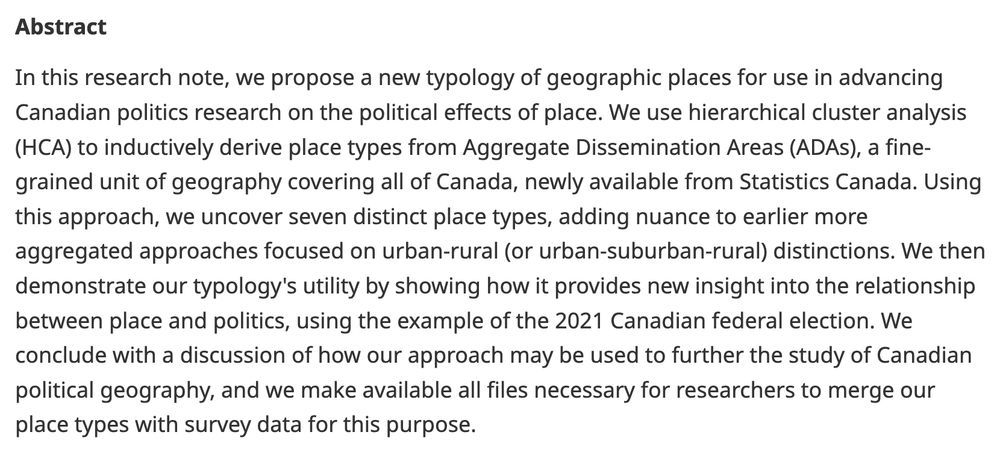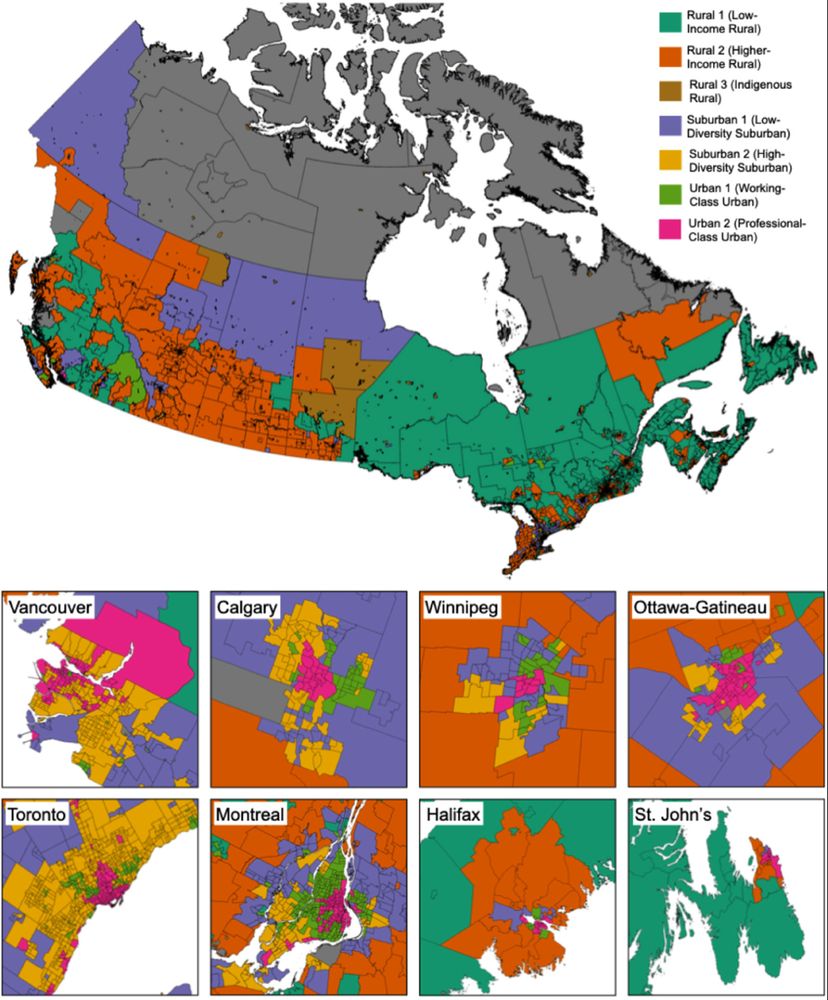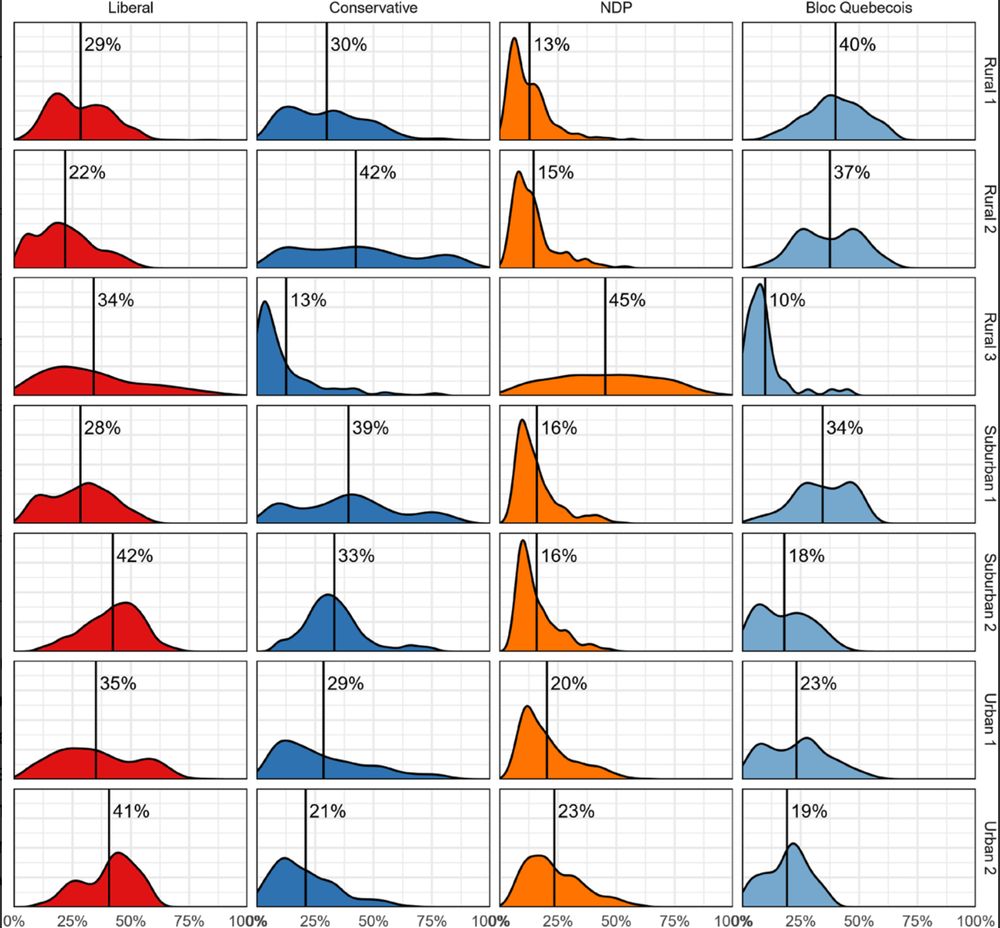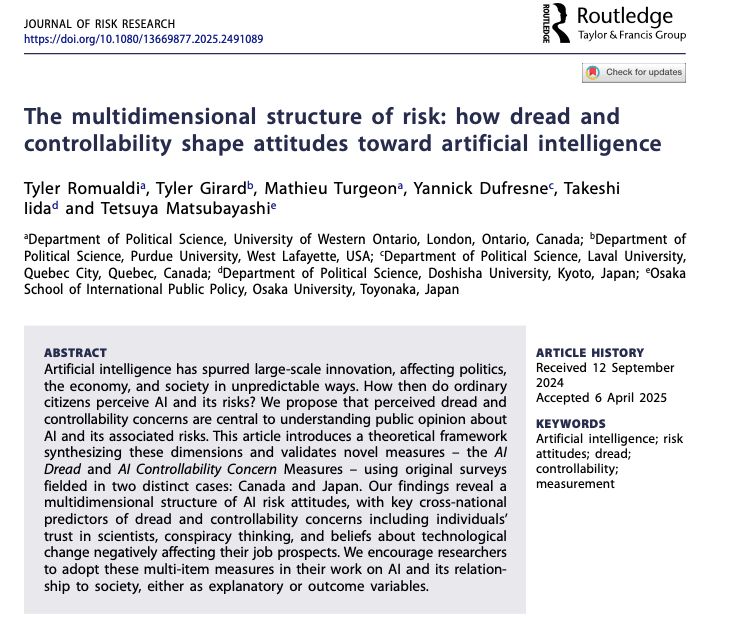@tylerromualdi.bsky.social
41 followers
35 following
28 posts
Ph.D. Candidate (ABD) in the Department of Political Science at Western University.
Posts
Media
Videos
Starter Packs














